Abu Graib photos, like other photographs that represent suffering, are unsettling not  because they are shocking but because they make demands on us. The act of looking at photographs like that is never quite simple because you come out of it thinking about the need for an ethical response. This tendency to link photography and ethics presupposes that we are always separated from events in both space and time. But then there are always things–scars, dead bodies, ashes, bones, ruins, etc–remainders, that outlive these events. These objects that remain after violent events such as wars, natural disasters, or even the loss of someone in death are sometimes captured in photographs. And in that form they make demands on us to relate ourselves both to the event and the distance that often accumulates between us and the event due to the passage of time and our spatial detachment.
because they are shocking but because they make demands on us. The act of looking at photographs like that is never quite simple because you come out of it thinking about the need for an ethical response. This tendency to link photography and ethics presupposes that we are always separated from events in both space and time. But then there are always things–scars, dead bodies, ashes, bones, ruins, etc–remainders, that outlive these events. These objects that remain after violent events such as wars, natural disasters, or even the loss of someone in death are sometimes captured in photographs. And in that form they make demands on us to relate ourselves both to the event and the distance that often accumulates between us and the event due to the passage of time and our spatial detachment.
Figuring out what to do with these artifacts, especially, when they are tied up with events that result in the loss of lives, is an urgent task simply because there are always forces trying to control how and what we forget and remember, what we can and cannot see. What do we do with the ghosts that photographs compel us to encounter? Is it enough to be shocked by them? Where does the power of photographs lie? Is it in their shock value? Or do they tell us a truth about the violence to which they bear witness? How do you represent suffering? How do representations of suffering make demands on us to make a difference? These are a few of the questions that Judith Butler is grappling with in her recent book, The Frames of War.
In Frames of War, Butler is decided in the belief that photographs make urgent demands on us. In taking this position, she separates her book from but also places it in conversation with thinkers like Susan Sontag who tend to think of the photograph as limited in its power to make us act. For example, Butler agrees with Sontag that photographs typically do not give us the full story. The frame of the photograph is always limited in scope and depth. Things escape the eye of the camera. Butler is the first to agree that if we are looking for truth, we cannot go to photographs. Apart from the fact that they always leave things out, the frames of photographs are also frames of power, frames of war used to manipulate the truth.
However, Butler insists that if we cannot look for the truth about suffering or violence in photographs and if we rightfully refuse to accept the belief that photographs are limited to their shock value, we can, at least, let ourselves be haunted by photographs. One to think of the ethical power of photography is to acknowledge its capacity to haunt, to leave us with images that refuse to be forgotten.


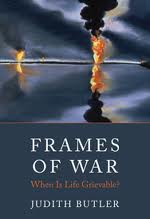
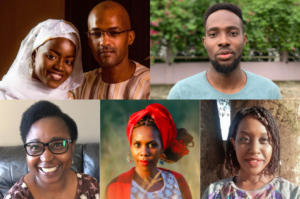
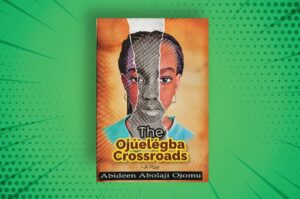
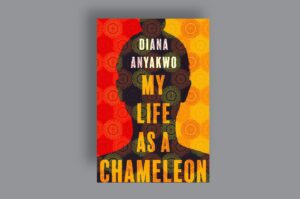
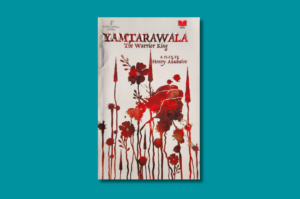
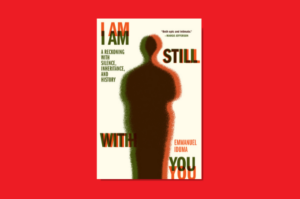
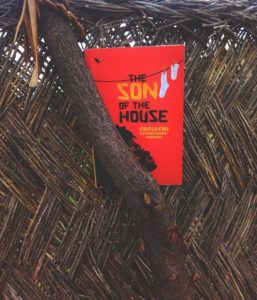

admin December 21, 2010 23:14
Ali, thanks so much for visiting Brittle Paper and leaving a comment. So Butler's use of the Frame is interesting though not so novel. She thinks of the Frame as a discursive apparatus that is both an epistemological and ontological machine in the sense it not only controls what and how we know but also decides on who counts as living or not. Focusing on the Abu Graib photos, she then thinks through the problem of the frame in relation to the representation of violence and the formulation of ethical responses.